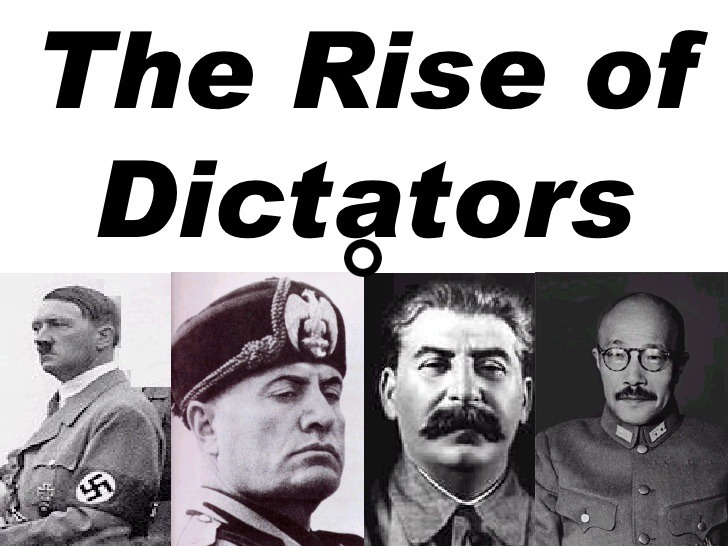vcdiversity.org – World War II, a global conflict that lasted from 1939 to 1945, was the deadliest and most widespread war in history. It involved the vast majority of the world’s nations—including all of the great powers—eventually forming two opposing military alliances: the Allies and the Axis. The war’s roots can be traced back to the rise of dictators in several countries and the aggressive expansionist policies they pursued, leading to a series of crises and conflicts that ultimately ignited a worldwide war.
The Rise of Dictators
In the aftermath of World War I and the Great Depression, economic hardship, social tension, and political instability created a fertile ground for the rise of authoritarian leaders. In Germany, Adolf Hitler and his National Socialist German Workers’ Party (Nazi Party) exploited economic discontent and anti-Versailles Treaty sentiment to gain popularity. By 1933, Hitler was appointed Chancellor, and he quickly established a totalitarian regime.
In Italy, Benito Mussolini had already come to power in 1922, establishing a fascist dictatorship. Mussolini’s regime was characterized by its emphasis on autarky, militarism, and the creation of a totalitarian state.
Japan, facing economic difficulties and a desire for expansion, saw the rise of militaristic elements within its government. By the 1930s, Japan had embarked on a path of imperial expansion in Asia, seeking to create a Greater East Asia Co-Prosperity Sphere under its dominion.
Aggressive Expansion
The dictators’ aggressive expansionist policies set the stage for conflict. In 1931, Japan invaded Manchuria, a region in northeastern China, marking the beginning of the Second Sino-Japanese War. Italy invaded Ethiopia in 1935, in violation of international law, showcasing the weakness of the League of Nations.
Hitler’s Germany began its expansionist campaign by remilitarizing the Rhineland in 1936, annexing Austria in 1938, and then demanding the Sudetenland from Czechoslovakia, which was ceded to Germany through the Munich Agreement in September 1938. However, Hitler’s subsequent occupation of the remainder of Czechoslovakia in March 1939 shattered any illusions of his peaceful intentions.
The Path to War
The final push towards war came with the German invasion of Poland on September 1, 1939. Britain and France, having guaranteed Polish sovereignty, declared war on Germany two days later, marking the beginning of World War II.
The early years of the war saw a series of stunning victories for the Axis powers. Germany quickly overran much of Western Europe, while Japan expanded its empire in Asia and the Pacific. The turning point came in 1941 and 1942, with the entry of the United States into the war following the Japanese attack on Pearl Harbor in December 1941, and key battles such as the Battle of Stalingrad and the Battle of Midway.
Conclusion
The rise of dictators and their aggressive expansionist policies were the primary factors leading to World War II. The failure of democratic nations to stand up to these dictators early on, often referred to as appeasement, emboldened them and allowed them to grow stronger. The lessons learned from this period, particularly the importance of collective security and the dangers of unchecked aggression, have shaped international relations and the architecture of global security institutions in the post-war world. The legacy of World War II continues to influence global politics and the quest for peace and security to this day.
